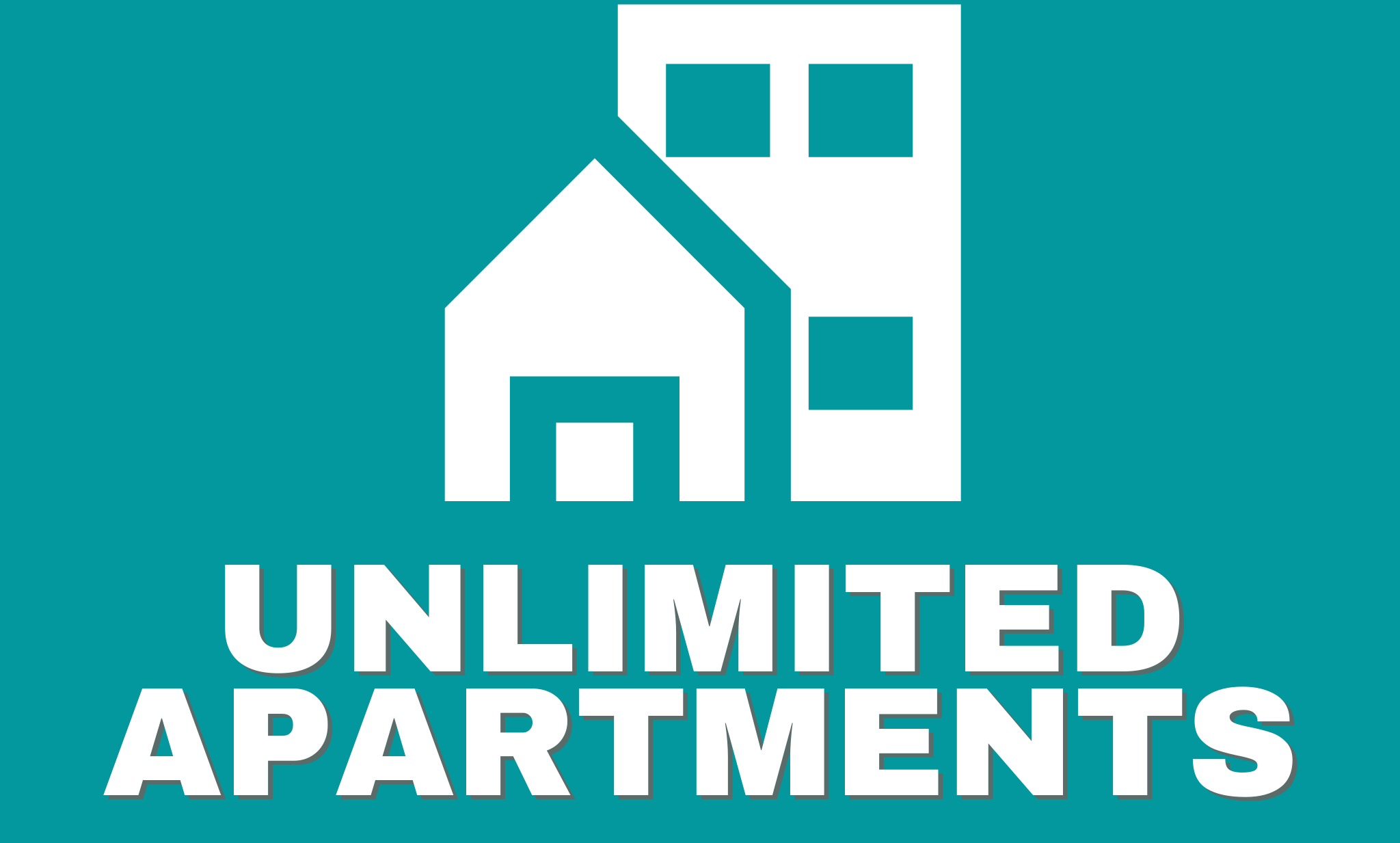
As hurricane season approaches, it’s important to prepare your rental properties. Thankfully, the experts at Contemporary Management Concepts, LLLP have put together a checklist to help ensure your apartments are safe in hurricanes.
Apartment safety is based on many factors, including the height of your apartment and which floor you live on. It’s also a good idea to follow the standards put into place in your building.
The Height of Your Apartment
Whether or not an apartment is safe in hurricanes depends on a number of factors, including the height of the building and its floor level. As a general rule, the higher your apartment is, the more likely you are to be in danger. If you are living on a higher floor, it’s important to evacuate as soon as possible in the event of a storm.
If you aren’t sure how tall your apartment is, you can ask the property management team or owner for details. This can help you to determine if your building is made with fire-resistant materials and if it follows all safety regulations. You can also find out if the apartment is in good condition and complies with the rules of your local government.
When you live in an apartment during hurricanes, it’s important to be prepared for any eventuality. This includes making a plan for evacuation in the event of a hurricane. You should also make sure to pack emergency supplies, including food, water, and prescription medications. You should also locate nearby shelters and hotels that can accommodate your family, especially your pets. Finally, make sure to request preventative maintenance from your landlord before a hurricane hits.
The Floor You Live On
There are many factors that go into making an apartment a safe place to live. You should know what your building’s insurance policy covers, where you can get help in an emergency, and which floors are best to stay on. It also helps to know what a hurricane is and where it’s headed so you don’t have to make a hasty decision when the wind kicks up. It’s not enough to just shelter in place, though. Having a hurricane plan can go a long way in keeping you, your possessions, and your pets safe. You might also want to consider the cost of living and whether or not your area is prone to flooding in the event of a hurricane.
The Type of Apartment
Apartments come in a variety of shapes and sizes, but the type you choose depends on your budget, location and amenities. The most common types of apartments include studios, lofts and townhomes.
A studio apartment is a small space, usually 600 square feet or less. They often include basic amenities, such as a kitchen and bathroom. They are usually rented on a month-to-month basis, and some landlords even offer “efficiency” apartments that are smaller but still have the basics.
Another type of apartment is a loft, which is an open space that includes a living room, kitchen and bedroom. They are generally larger than studios, and they can have higher “lofted” ceilings.
Garden: These are popular in both urban and suburban areas. Typically, they sit on the ground floor and offer direct access to a back yard, lawn or garden. They are often found in brownstone buildings, though they can also be found in high-rise condos or in a row of attached single-family homes.
Junior 1-Bedroom: This is the ideal size for a single person or couple who wants to save money and have their own bedroom. They often have a closet and enough space for a bed and small desk.
A garden apartment may be on the ground level or on a basement level, depending on the building and the city where you live. These apartments are ideal for those who want to avoid traffic and noise, but they don’t have the same amount of privacy as other apartment types.
Floor-through: These are in rowhouses and townhomes that have been converted into separate apartments. They aren’t as spacious as other units of the same size, but they don’t have noisy neighbors across the hallway and can often offer great sunlight because the unit extends across the entire floor.
2-Bedroom: These are two separate bedrooms, often with at least one full bath. They are often rented on a month-to-month or lease basis, and they can be very large or cramped, depending on the city and your needs.
Lastly, there is a specialized type of apartment called a “dingbat.” These were originally cheap apartment buildings in old sections of big cities like New York, with unique facades and sometimes wacky designs to separate them from their neighbors. These buildings are now primarily used for short-term rentals and have no elevators, but they can still be expensive.
The Standards Put Into Place in Your Building
Although they vary from state to state, building codes are usually a dime a dozen. As a result, savvy apartment owners have the ability to make their buck by taking on the mantle of responsible homeowner. The best part? a well-executed codex will reward you with a sexy living space that will last the test of time. Not to mention the peace of mind that comes with it. Having an efficient codex can mean the difference between a lifelong landlord and an impending foreclosure on your credit card bill. In other words, the best way to protect your hard-earned cash is to get it right the first time around.

